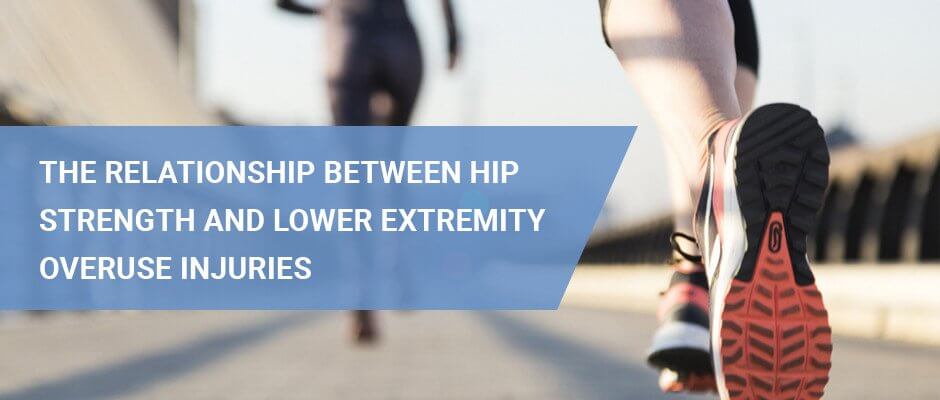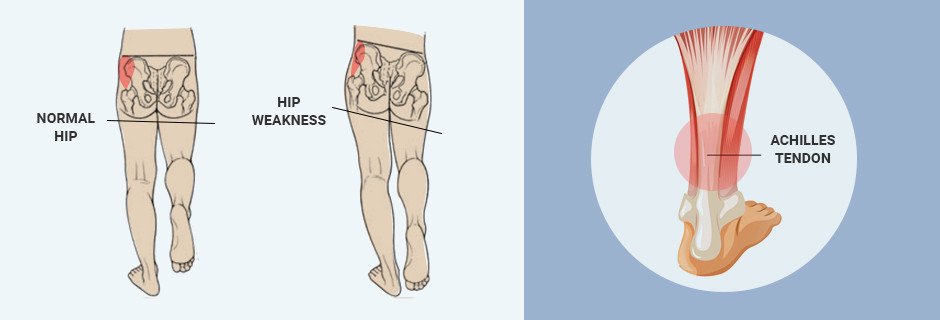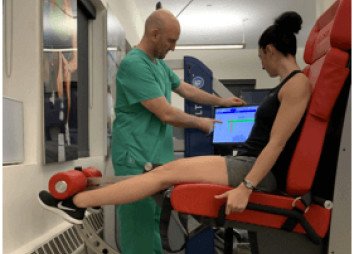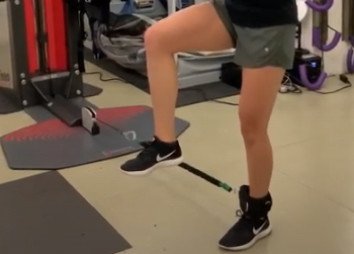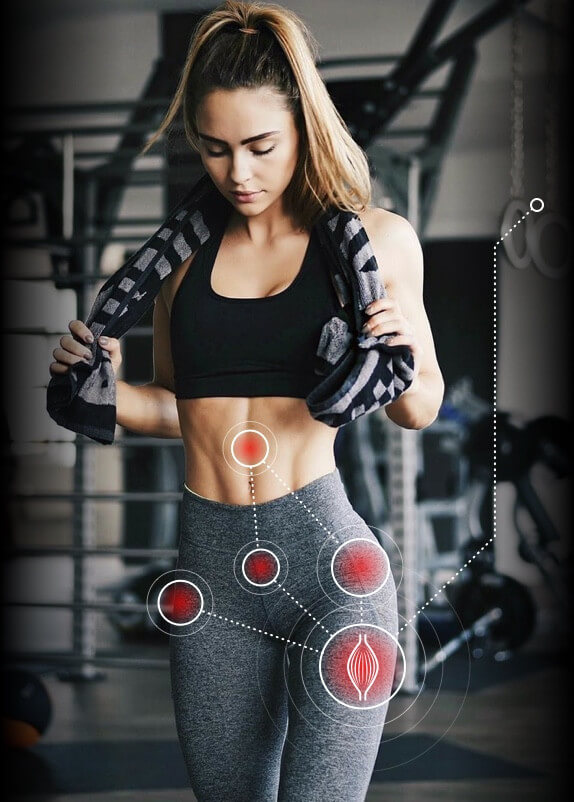Among the physical therapy and rehab community, it is well understood that musculoskeletal pain in one area of the body often has its roots in weakness or dysfunction of another area. For example, knee pain can arise from foot or ankle dysfunction, or shoulder pain may occur due to imbalanced muscles in the torso. It is not surprising, then, that Achilles tendon pain may have its origins elsewhere.
In a recent study published in the journal Physical Therapy in Sport (Habets et al., 2017), researchers set out to determine if a relationship exists between deficits in hip strength and Achilles tendinitis in middle-aged male runners.
For this study, researchers designed a controlled trial with a study population of 24 middle aged male runners, 12 of whom displayed symptoms of Achilles tendinitis, and 12 who were asymptomatic.
The study results raise the question of why injuries only occurred in one leg of the symptomatic group, when both hips were weakened.
It is often the case that a combination of factors contribute to athletic overuse injuries, and no single factor can be isolated as the underlying cause. In the above-mentioned study, hip weakness appeared to affect Achilles tendon function, but the study only looked at hip strength, and neglected to consider other factors such as knee, foot and ankle strength and function. Moreover, the test results of the study showed isometric strength deficits in the injured group, but found no such deficits in the single leg squat test, a functional test that requires posterior-lateral hip strength.
When attempting to single out a cause of lower extremity overuse injuries, it is important to remember that human movement requires integration of multiple systems in order to complete any task. Dysfunction or strength deficits in any one area can force other areas to take up the slack, and that can lead to overuse and injury.
Consideration of other factors, such as patellar alignment, quadriceps strength, foot posture, and fear-avoidance behaviors should be made as well, to ensure that rehabilitation does not focus on one area to the neglect of other potential causes.
Most PT clinics assess strength by manual muscle testing. This is a key reason why athletes retear their ACLs, re-sprain their ankles and develop multiple consequent injuries that later lead to osteoarthritis.
Muscle strength must be examined under a microscope, and measured in concentric , eccentric and isometric phases. Only then we can establish how much and what type of rehab is necessary, and when the athlete can safely return to sport. This level of accuracy is not possible without modern technology, which many physical therapists are reluctant to use.
STRENGTH IS NOT THE ONLY THING THAT MATTERS
Multiple physical abilities must be restored if we are to help a physically active patient recover:


